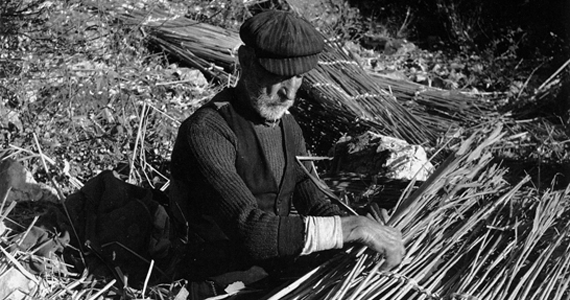Pamvotis Lake is an integral part of the area’s character and an important point of reference for the Ioannina’s inhabitants. It determines the local people’s historical and cultural identity, especially during the Othoman Empire.
Nowadays, the entire population living in the wider area of the lake is approximately 100.000 people. The inhabitants of Ioannina city and those living around the lake are using the wetlands’ values to a greater or lesser extent as a source of direct or indirect income. As a result, the condition of the natural environment directly affects their quality of life. The Island and the western shore of the lake (the front of Ioannina city and Perama) are characterized by the biggest anthropogenic pressure. These are areas where lot of recreation facilities exist for both locals and visitors. At the same time, a number of economic activities, that exploit different resources, seem to be implemented on the outskirts with sometimes negative effects to the water quality of the lake (e.g. farms, crops, municipal sewage) and to the landscape’s aesthetic value (e.g. housing associations that take advantage of the view to the lake, but alter the landscape etc.). In particular, the livestock production is the main economic activity in the Prefecture of Ioannina and agriculture the second one. Fishery has developed as well among the local Communities of the Island and Perama.
During the years human activities cause negative effects on the natural habitats of Pamvotis Lake and consequently on the flora and fauna of the region. The main effects are summarized below:
1. The drying of the Lapsista Lake and the creation of a dike that had as immediate result the loss of the periodically flooded wet meadows and the lake’s shallow areas, with serious effects on the flora, fauna and avifauna of the region.
2. The infillings and land clearance of the riparian vegetation, which results in the quantitative reduction of the riparian plant communities and the destruction of the littoral habitats.
3. The disturbance of the lake’s water balance (construction of dikes and a dam, reckless extraction of water) and the pollution (urban pollution, pollution from livestock waste and agricultural crops) results in the creation of eutrophic conditions and the degradation of the water quality.
4. The uncontrolled development of recreational activities.
Adopting an action framework in terms of a sustainable development could contribute decisively to resolve the lake’s chronic problems and to preserve this unique ecosystem over the time.


